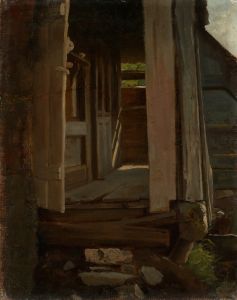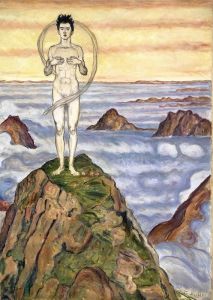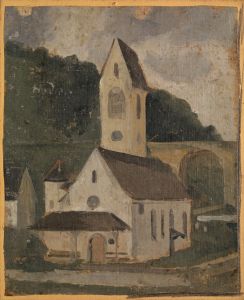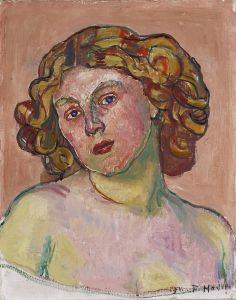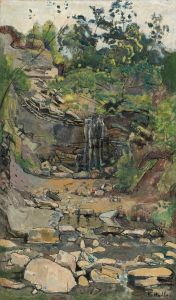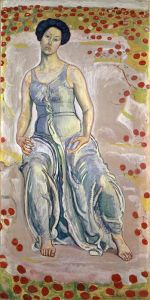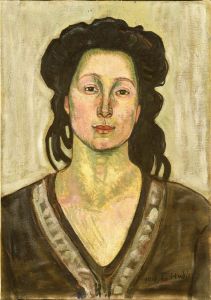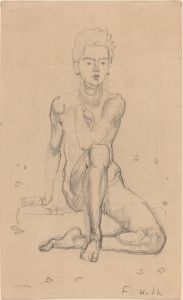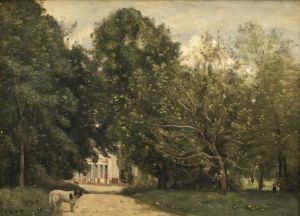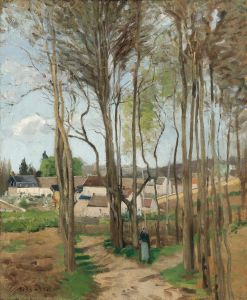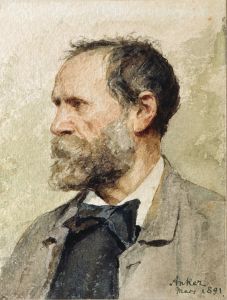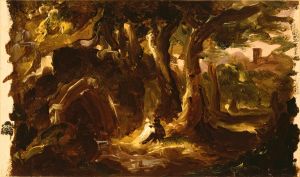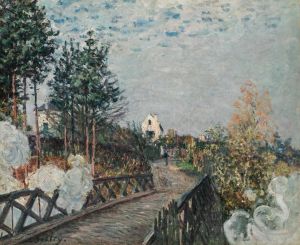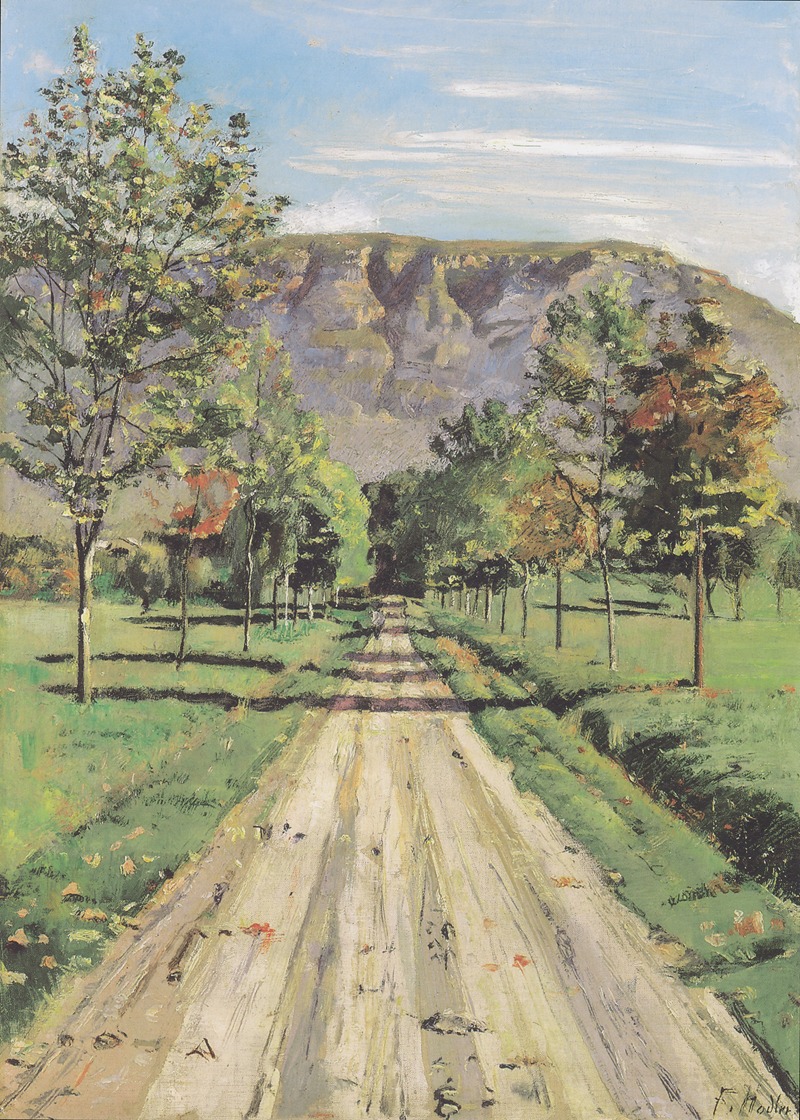
Die Strasse nach Evordes
A hand-painted replica of Ferdinand Hodler’s masterpiece Die Strasse nach Evordes, meticulously crafted by professional artists to capture the true essence of the original. Each piece is created with museum-quality canvas and rare mineral pigments, carefully painted by experienced artists with delicate brushstrokes and rich, layered colors to perfectly recreate the texture of the original artwork. Unlike machine-printed reproductions, this hand-painted version brings the painting to life, infused with the artist’s emotions and skill in every stroke. Whether for personal collection or home decoration, it instantly elevates the artistic atmosphere of any space.
Ferdinand Hodler, a prominent Swiss painter, is known for his distinctive style that combines elements of symbolism and art nouveau. His work often explores themes of nature, life, and death, and he is celebrated for his contributions to the development of modern art in Switzerland and beyond. One of his notable works is "Die Strasse nach Evordes" (The Road to Evordes), which exemplifies his unique approach to landscape painting.
"Die Strasse nach Evordes" was created during a period when Hodler was deeply engaged with the Swiss landscape, capturing its essence through his distinctive artistic lens. The painting depicts a road leading to the village of Evordes, a location that holds significance in Hodler's oeuvre due to its picturesque and serene environment. Hodler's landscapes are characterized by their harmonious compositions and the use of rhythmic lines, which are evident in this work.
In "Die Strasse nach Evordes," Hodler employs a palette of earthy tones, capturing the natural beauty of the Swiss countryside. The road in the painting serves as a central element, guiding the viewer's eye into the depth of the landscape. This compositional technique is typical of Hodler's work, where he often uses paths or roads to create a sense of movement and direction within the painting. The trees and foliage flanking the road are rendered with a stylized precision, reflecting Hodler's interest in the patterns and rhythms found in nature.
Hodler's approach to landscape painting was influenced by his belief in the interconnectedness of all elements of the natural world. This philosophy is evident in "Die Strasse nach Evordes," where the road, trees, and sky are depicted in a harmonious balance. The painting reflects Hodler's interest in the symbolic potential of landscapes, where the road can be interpreted as a metaphor for life's journey or a path to enlightenment.
Ferdinand Hodler's work, including "Die Strasse nach Evordes," played a significant role in the transition from traditional to modern art in Switzerland. His innovative use of color, form, and composition influenced a generation of artists and contributed to the development of a distinct Swiss artistic identity. Hodler's landscapes, with their emphasis on symmetry and rhythm, also prefigured elements of later movements such as abstraction and minimalism.
"Die Strasse nach Evordes" remains an important example of Hodler's landscape painting, showcasing his ability to blend naturalistic detail with symbolic meaning. The painting is a testament to Hodler's skill in capturing the essence of the Swiss landscape while imbuing it with a deeper philosophical significance. Through works like this, Hodler solidified his reputation as one of Switzerland's most important artists, leaving a lasting impact on the art world.





